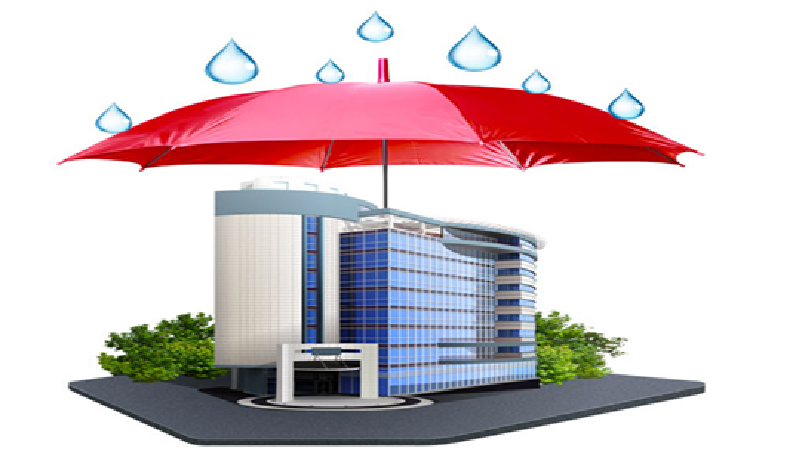During the monsoons we all encounter the problem of water seeping from the roof or water getting stuck on the terrace, which leads to seepage. Such problems require an expert and some basic knowledge of the problem and its solutions.
What is Waterproofing?
Concrete waterproofing is the application of a layer of waterproof material to concrete that prevents water ingress and makes the structure waterproof so that it is relatively water resistant.
What is the importance of waterproofing?
Building waterproofing is a process designed to prevent water from entering a building. As a rule, extensive sealing measures are carried out on a building at the time of construction in order to ensure moisture control from the start. Waterproofing can also be done after a building has been built. to address problems that arise or as part of a building renovation. From the point of view of its occupants, building waterproofing is important because:
- It keeps a building dry.
- It also reduces internal humidity, makes working with a building easier, and protects objects in the building from damage from moisture and water vapor.
- Waterproofing buildings is also important to the integrity of the building.
What are the types of waterproofing?
Cementitious Waterproofing:
Cement-like waterproofing is the simplest method of waterproofing construction sites. The materials used to waterproof concrete are readily available in the market. This method is used in damp areas such as bathrooms and bathrooms.
Bituminous Coating:
The bitumen coating is flexible and protective and is also known as an asphalt coating. It is a very good protective and waterproof coating, especially on concrete foundation surfaces. The bitumen coating consists of bitumen-based material and is not suitable for exposure to sunlight. long exposure to the sun makes it very brittle.
Liquid Waterproofing Membrane:
The liquid membrane is a thin layer that generally consists of a primer layer and then two layers of liquid sealant applied by spraying or rolling. It offers more flexibility than the cementitious waterproofing by creating a rubbery layer on the applied surface.
Bituminous Membrane:
Waterproofing bitumen membranes is a popular method for low pitch roofs. Bitumen membranes have a burner on the membrane and the self-adhesive membrane. Self-adhesive compounds consist of asphalt, polymers and fillers. The self-adhesive type has a short lifespan. When the binding properties of the membrane decrease over time. It is a mixed substance of organic liquids that are very sticky, viscous and waterproof. The burner membrane uses a touch of fire to melt the bitumen layer of the element for gluing.
Admixture:
In recent years a new type of sealing has been used around the world. These additives are added in the mixing plant or on site and react chemically in the concrete, making the concrete itself a barrier against water. The systems can be compressors, water repellants or crystalline additives.
Crystalline Admixture:
Crystal-based systems are generally in dry powder form. Crystalline systems actually use available water to grow crystals in the concrete, effectively blocking pathways for moisture that can damage the concrete itself, the water barrier.
What are the steps involve in waterproofing?
Surface Preparation:
Clean the surface completely free of loose materials, dust and oil. The surface cleanliness plays a very important role in all membrane-based sealing systems.
Application of Primary Coat:
Apply a primer to prime the surface of the structure. Solvent-based or water-based primers are suitable for bituminous membranes.
Unrolling The Membrane Sheets:
Check the correct orientation and, if necessary, adjust the sheets and unroll the sheets on the surface of the structure.
Heating The Membranes:
Use the burner to heat the combustion film on the underside of the membrane. Now the membrane is ready to adhere to the concrete surface below.
Pressing The Membrane:
Press firmly on the membrane to ensure a proper bond with the concrete surface. Special care must be taken with overlaps, edges and angles to ensure a proper connection.
What are the benefits of waterproofing?
- Water absorption will be reduced.
- Prevents the rusting of reinforcement.
- Prevents the formation of cracks in the concrete surface.
- Increases the lifespan of the concrete structure.
- Reduces building maintenance costs.
- Prevents seepages from the ceiling and walls.
- Property value increases because nobody wants to buy a house with a water leak problem.
- Provides a healthy environment and good sealing systems help to create a clean work and living space. Protect property and the people who inhabit it.



